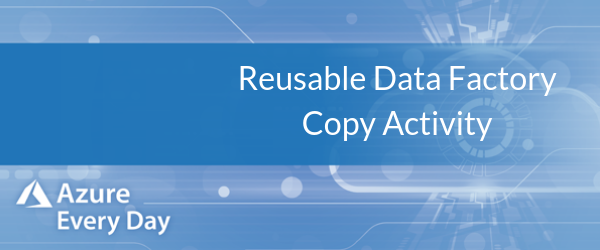Newsletter
Join our blog
Join other Azure, Power Platform and SQL Server pros by subscribing to our blog.


-1.png)
Start with the FREE community plan and get your lifetime access to 20+ courses. Get Instant Access Now!
Need help? Talk to an expert: (904) 638-5743
Private Training
Customized training to master new skills and grow your business.
On-Demand Learning
Beginner to advanced classes taught by Microsoft MVPs and Authors.
Bootcamps
In-depth boot camps take you from a novice to mastery in less than a week.
Season Learning Pass
Get access to our very best training offerings for successful up-skilling.
Stream Pro Plus
Combine On-Demand Learning platform with face-to-face Virtual Mentoring.
Certification Training
Prepare and ace your next certification with CertXP.
Private Training
Cheat Sheets
Quick references for when you need a little guidance.
Nerd Guides
Summaries developed in conjunction with our Learn with the Nerds sessions.
Downloads
Digital goodies - code samples, student files, and other must have files.
Blog
Stay up-to-date on all things Power BI, Power Apps, Microsoft 365 and Azure.
Community Discord Server
Start here for technology questions to get answers from the community.
Affiliate Program
Earn money by driving sales through the Pragmatic Works' Training Affiliate Program.
Reseller Partner
It's time to address your client's training needs.
Foundation
Learn how to get into IT with free training and mentorship.
Management Team
Discover the faces behind our success: Meet our dedicated team
Contact Us
How can we help? Connect with Our Team Today!
FAQs
Find all the information you’re looking for. We’re happy to help.

 We are all looking for ways to save time, right? Today, I want to tell you about a time saving feature of the Azure Data Factory Copy Activity called Implicit Column Mapping.
We are all looking for ways to save time, right? Today, I want to tell you about a time saving feature of the Azure Data Factory Copy Activity called Implicit Column Mapping.
What this does is if you were pulling data from a source data set and loading it to a sync or target data set and those two data sets have the same column names, you do not need to define the schema or map the columns from your source to your destination - with the Azure Data Factory Copy Activity, it will handle all that for you.
This allows you to use a single copy activity and re-use it simply by changing the connections properties or locations of your source and your destination. A couple of examples:
If you’re developing in Azure Data Factory and you’ve got a repetitive pattern this is a powerful and time saving tool.
In contrast, if you’ve ever used integration services, you know that with a data flow task, you’d have to map columns from your source to your destination. If the columns matched, the designer would help you do that automatically, but you’re left with explicit column mappings and you couldn’t really use the same data flow task to load data sources of varying structure.
But you can use the same task to load data files with varying structure in the Data Factory Copy Task.
Part of the trick is when you’re defining your source and sync data sets, you do not need to define the schema (see graphic below). You can define the schema if you want but if you know the source and target column names are the same, you do not need to do that.
.jpg?width=524&name=ImplicitColumnMappings_1%20(002).jpg)
In the screenshot below, you’ll see this is the same with mapping – you do not need to define the mapping if your target and source columns are matching.
.jpg?width=422&name=ImplicitColumnMappings_2%20(002).jpg)
So, with the Implicit Column Mapping feature in Azure Data Factory, it’s that simple. If you have questions about Azure Data Factory, this or other features or anything Azure related, you’re in the right place. Click the link below or contact us—we’re here to help wherever you are on your Azure journey.

ABOUT THE AUTHOR
Free Trial
private training
Newsletter
Join other Azure, Power Platform and SQL Server pros by subscribing to our blog.


-1.png)
Leave a comment